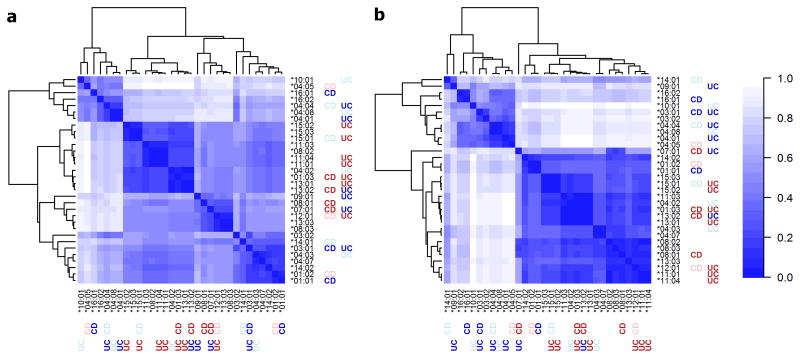Figure 4. HLA-DR peptide binding groove electrostatic properties and risk of IBD.
The electrostatic potential of all HLA-DR alleles associated with UC or CD, and of all common HLA-DR alleles (frequency >1%), was calculated. HLA-DR alleles associated with increased or decreased risk of IBD at study wide-significance level (P< 5×10−6) are shown in dark red or dark blue, respectively. Respective risk associations at suggestive level (1×10−4<P<5×10−6) are shown in pale red and pale blue. Electrostatic potential comparisons among HLA-DR molecules were performed in a pairwise, all-versus-all, fashion (see Online Methods) to produce distance matrices that are displayed as symmetrical heatmaps (scale ranges from 0 [identical] to 1 [maximum difference]). (a) The electrostatic potential in seven regions within the peptide binding groove (see Online Methods and Supplementary Fig. 10), which interact with the presented peptide, were compared among the HLA-DR alleles and pooled onto a single Euclidian distance matrix. The distance-based clustering identifies four clusters, with an enrichment of risk alleles in two of these. Comparison of the electrostatic potential at individual peptide binding groove regions is shown in Supplementary Fig. 13. (b) Heatmap representing electrostatic potential differences among the HLA-DR alleles at a spherical region that encompasses amino acid residues 67, 70 and 71 of the HLA-DRβ chain (associated with risk for UC and CD; Supplementary Table 13). The distance-based clustering identifies two clusters that correlate with directionality of effect in IBD.

